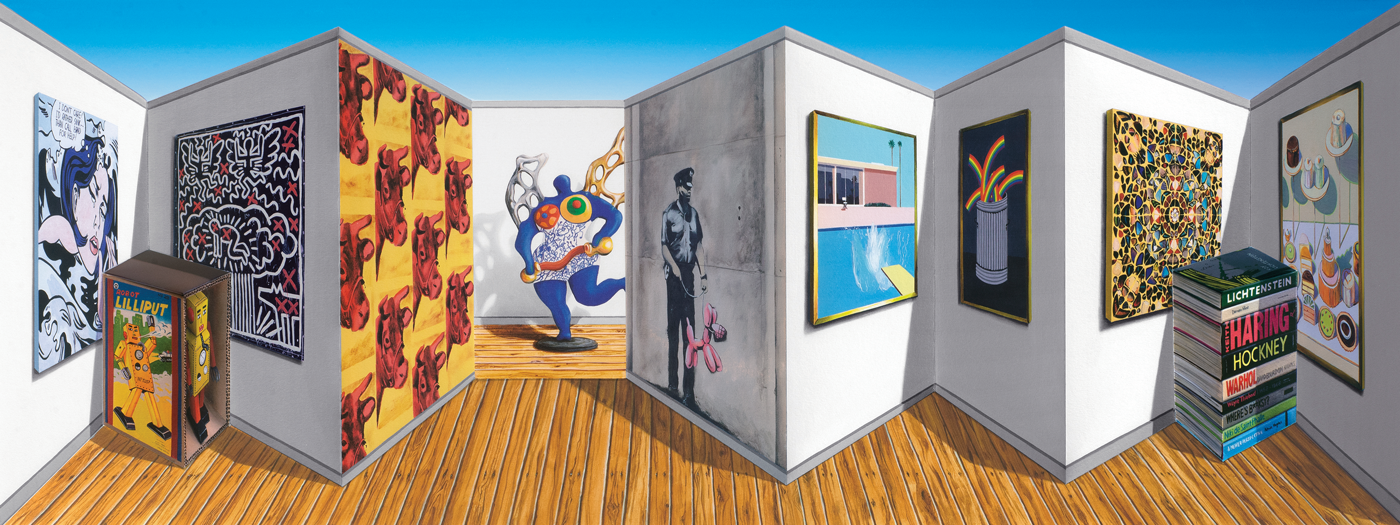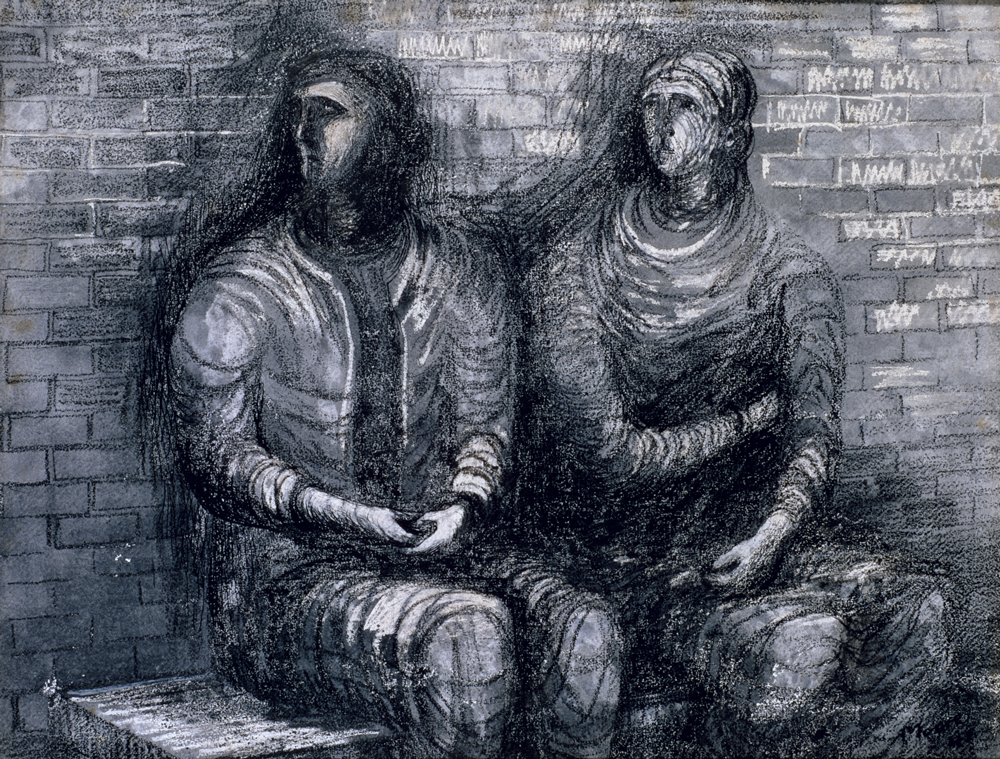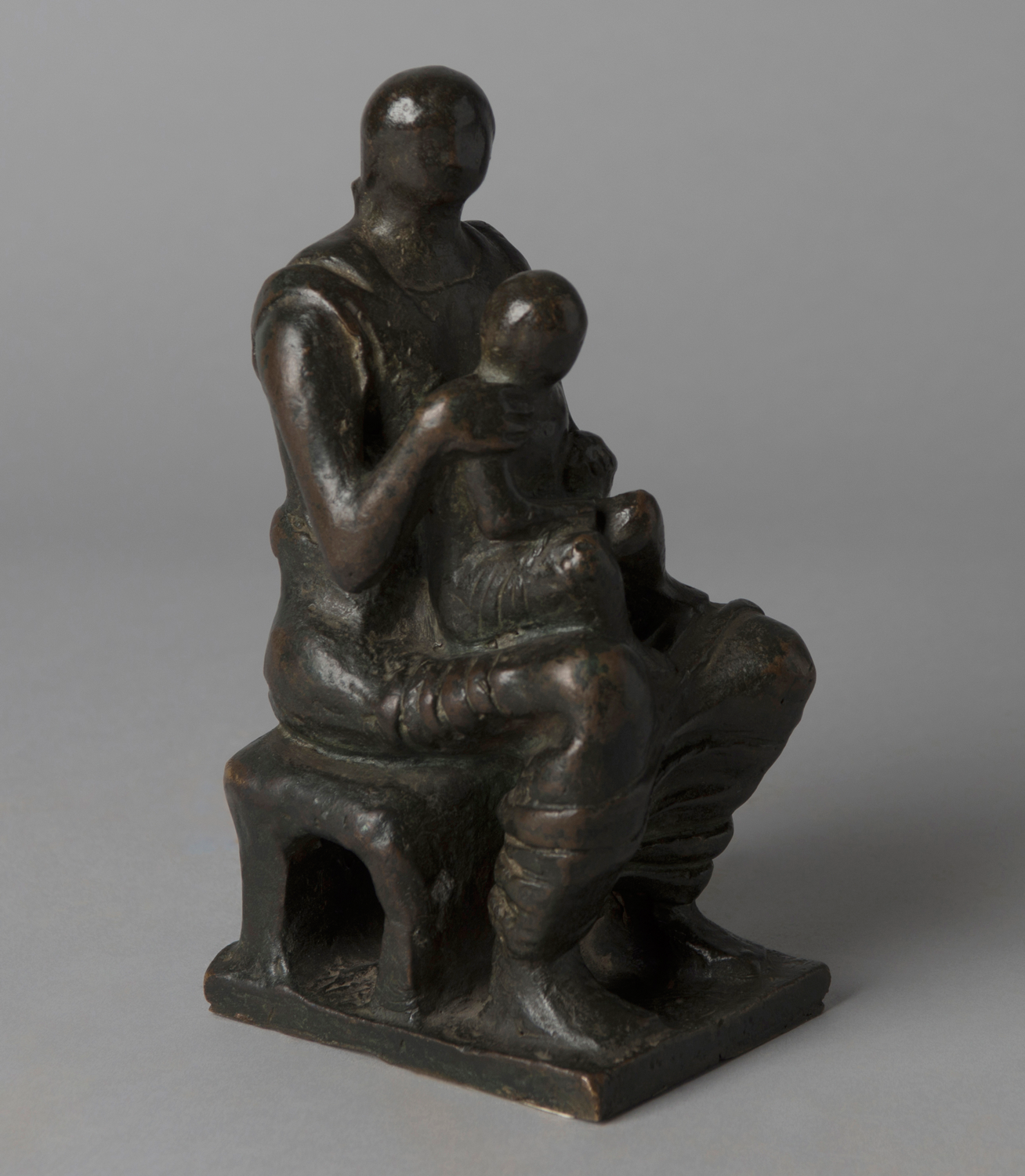For the latest information please visit https://www.tooveys.com/coronavirus/
We understand these are challenging times for everyone and very much appreciate your continued support.
To be notified of forthcoming sales please sign up to our auction alerts at https://www.tooveys.com/auction-alerts/




